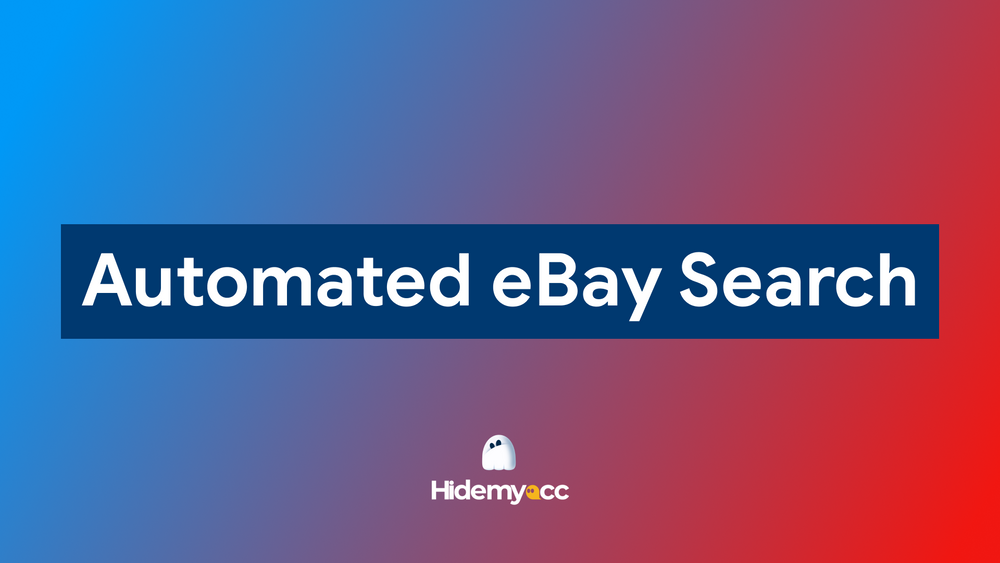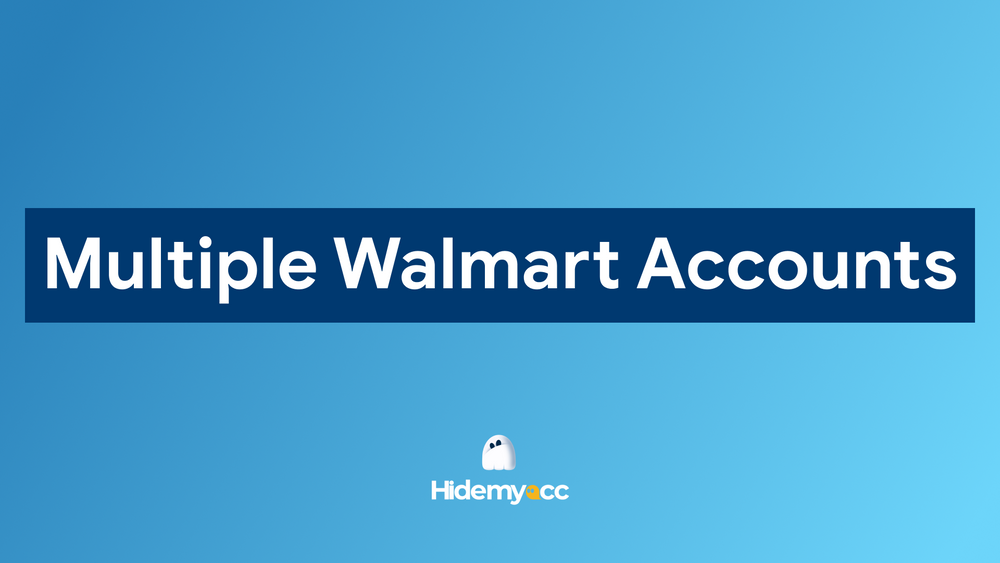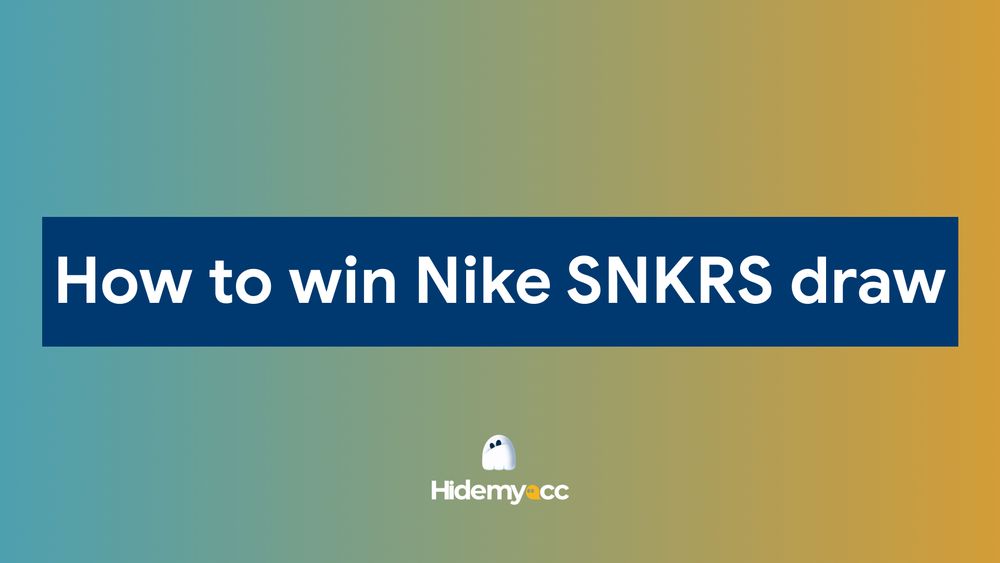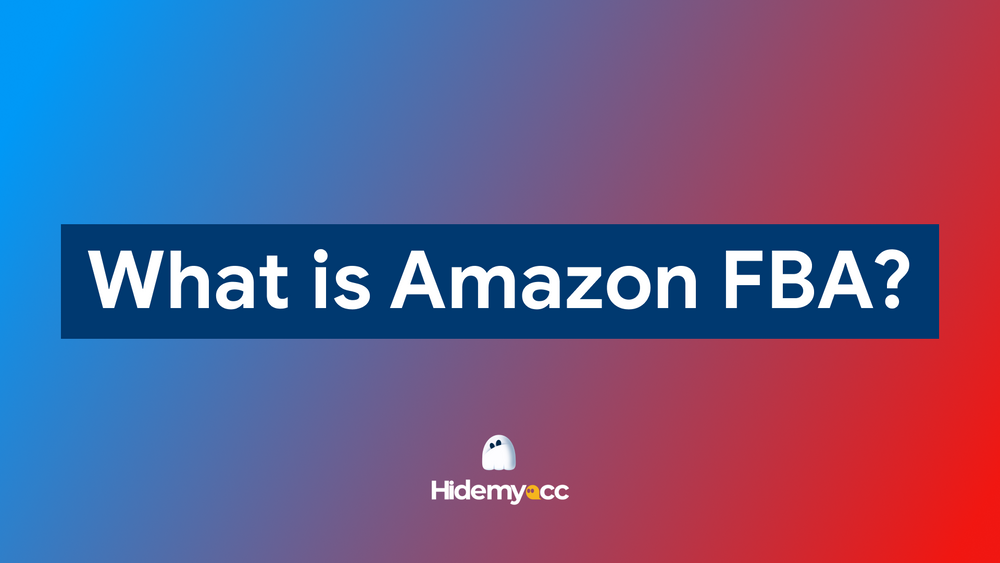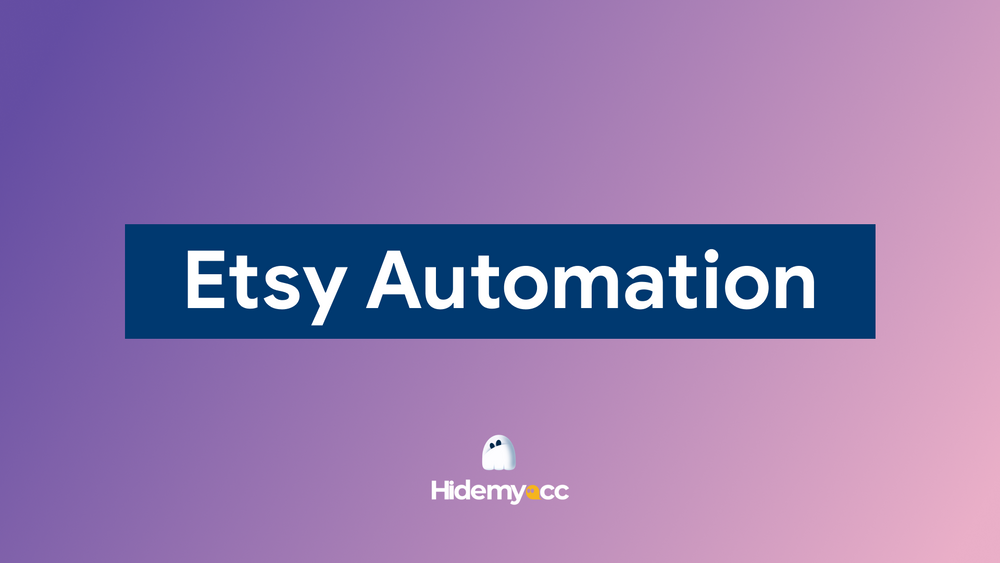Have you ever dreamed of starting an online business with minimal upfront investment and the freedom to work from anywhere? Dropshipping on Shopify makes that dream a reality. In this comprehensive guide, we'll walk you through everything you need to know, from the basics of dropshipping to advanced strategies for scaling your business in 2025 and beyond.
1. What is Dropshipping on Shopify?
Dropshipping on Shopify combines two powerful elements: the dropshipping fulfillment model, where you sell products without holding inventory by having a third-party supplier ship directly to your customer, and Shopify, a leading e-commerce platform that provides all the tools you need to build and manage your online store.
This synergy means you can launch an online business quickly with minimal upfront investment, leveraging Shopify's user-friendly interface and vast app ecosystem to streamline everything from product sourcing and order processing to marketing, allowing you to focus on growing your brand and reaching customers globally without the complexities of traditional retail logistics.
>>> Pros and Cons of Dropshipping: Is It Worth It?
2. What do you need to prepare before starting dropshipping on Shopify?
Before you dive headfirst into building your store, thorough preparation is key. This initial phase will lay the groundwork for a successful and sustainable dropshipping business on Shopify.
2.1. Market research and finding potential product niches
The foundation of any successful dropshipping business is choosing the right products. This isn't just about picking something you like; it's about identifying a market need and fulfilling it.
Here’s how to uncover those winning products:
- Identify your interests and expertise: Starting with something you're passionate about can make the journey more enjoyable and sustainable.
- How to identify "winning products":
- Trending products: Look for items gaining popularity (think Google Trends, social media buzz).
- Problem-solving products: Goods that offer a solution to a common pain point often sell well.
- High-profit margin products: Aim for items where you can achieve a healthy markup after all costs.
- Niche products: Focusing on a specific audience can reduce competition and make your marketing more effective.
- Effective product research tools: Utilize resources like Google Trends, Facebook Ad Library (to see what competitors are running), TikTok's "For You" page, and dedicated product research platforms to scout for high-demand items.
2.2. Competitor analysis
Never underestimate the power of knowing your rivals. Analyzing competitors isn't about copying them, but about learning from their successes and failures.
- Learn from successful competitors: Examine their websites, product descriptions, pricing strategies, and marketing campaigns. What are they doing right?
- Identify competitor strengths and weaknesses: Are their shipping times slow? Do they have poor customer service? These can be your opportunities.
- Find your own competitive advantage: Can you offer better pricing, faster shipping, unique branding, or superior customer service?
2.3. Basic business plan development
Even a simple plan can provide clarity and direction. Don't overcomplicate it, but do consider these aspects:
- Clear business goals: What do you want to achieve in terms of revenue, profit, or customer base?
- Startup budget and estimated costs: Account for Shopify subscription fees, app costs, marketing spend, and product costs.
- Initial marketing plan: How will you get your first customers?
>>> How to Start Dropshipping: Simple Steps for Beginner to Grow
3. Step-by-step guide to setting up your Dropshipping store on Shopify
Now, let's get into the practical steps of bringing your dropshipping store on Shopify to life. Shopify makes this process incredibly straightforward, even for beginners.
Step 1: Register your Shopify account
Getting started is as easy as signing up. Shopify often offers generous free trials, which are perfect for testing the waters without financial commitment.
- Detailed registration process: Visit Shopify's website, click "Start free trial," and follow the prompts to enter your email, create a password, and name your store.
- Leverage trial offers: Take advantage of the trial period to explore the platform, set up your store, and even conduct some test sales.
Step 2: Choose and connect a custom domain name
Your domain name is your store's identity online. A professional, memorable domain builds trust and brand recognition.
- Importance of a domain name for branding: A custom domain like "yourstorename.com" looks far more professional than "yourstorename.myshopify.com."
- How to choose and purchase a domain: Opt for something short, relevant, and easy to remember. You can buy a domain directly through Shopify or from third-party registrars like GoDaddy.
- Guide to connecting your domain to Shopify: Shopify provides clear instructions on linking your purchased domain to your store.
Step 3: Set up basic store settings
Before adding products, fine-tune your store's foundational settings.
- Set up store information: Fill in your business address, contact email, and other essential details.
- Currency, taxes, and unit of measurement settings: Ensure these are correctly configured for your target market.
- Payment method setup: Activate Shopify Payments (if available in your region) and integrate other popular options like PayPal to offer diverse payment choices to your customers.
- Shipping zones and rates setup: Define where you will ship to and what your shipping costs will be. This is crucial for transparency with customers.
Step 4: Design and customize your store interface
Your store's appearance can make or break a sale. A professional, intuitive design instills confidence in your customers.
- Selecting a suitable Shopify theme: Shopify offers a wide range of free and paid themes. Choose one that aligns with your niche and brand aesthetic.
- Theme customization: Personalize your chosen theme by adjusting colors, fonts, layouts, and adding high-quality imagery.
- Designing a professional logo: A strong logo is vital for branding. Use free tools like Canva or hire a designer on platforms like Fiverr to create one.
- Optimizing user experience (UX/UI) on desktop and mobile: Ensure your store is easy to navigate and looks great on all devices. A smooth experience leads to higher conversions.
Step 5: Install essential dropshipping apps
Shopify's app store is a treasure trove of tools that can automate processes, enhance marketing, and streamline your dropshipping operations on Shopify.
- Product sourcing and import apps:
-
- Oberlo/DSers: Popular choices for sourcing products directly from AliExpress and importing them to your Shopify store.
- Spocket/SaleHoo: Alternatives for finding suppliers from other regions with potentially faster shipping times.
- Printful (for Print-on-Demand): If you're interested in custom-designed products, this app integrates seamlessly.
- Automation apps:
- AutoDS: A powerful tool that automates product finding, importing, and crucially, order fulfillment and tracking. This saves immense time and reduces manual errors.
- Marketing and sales apps:
- Review apps: Display customer testimonials to build social proof.
- Upsell/cross-sell apps: Encourage customers to buy more related products.
- Email marketing apps: Automate email sequences for abandoned carts, promotions, and customer nurturing.
4. Effective product search and management
Finding the right products and managing them efficiently is a continuous process that directly impacts your profitability and customer satisfaction in dropshipping on Shopify.
4.1. Strategy for sourcing products from reputable dropshipping suppliers
Your supplier is a critical partner in your dropshipping journey. Choosing wisely is paramount.
- AliExpress, CJ Dropshipping, SaleHoo, Doba, Wholesale2B: These are some of the most popular platforms. Each has its pros and cons regarding product variety, shipping times, and pricing.
- Criteria for selecting reliable suppliers:
-
- Reliability and responsiveness: Look for suppliers with good communication and consistent shipping.
- Product quality: Always order samples to verify quality before listing.
- Shipping times: Prioritize suppliers offering ePacket or other faster shipping options.
- Customer support: Ensure they can assist with issues promptly.
4.2. Process of importing products to your Shopify store
Once you've found your products, importing them is streamlined with apps.
- Using product import apps: Tools like Oberlo or AutoDS allow you to import product details, images, and descriptions with just a few clicks.
- Review and edit product information after import: Never rely solely on the imported details. Always customize descriptions, titles, and images to make them unique and SEO-friendly.
4.3. Optimizing product pages to increase conversion rates
A well-optimized product page is your silent salesperson. It convinces visitors to become buyers.
- Compelling product titles and descriptions:
- Write benefit-driven descriptions that highlight how the product solves a customer's problem or enhances their life.
- Utilize AI tools (e.g., AutoDS AI) to generate engaging, unique, and SEO-friendly content that differentiates your listings.
- High-quality product images and videos: Use multiple angles, lifestyle shots, and even short videos to showcase the product in action. Visuals are key to online sales.
- Competitive pricing and clear return policies: Price your products strategically to be competitive while maintaining a healthy profit margin. Clearly state your return and refund policies to build trust.
- Building trust and credibility: Include customer reviews, security badges, and easily accessible contact information to reassure potential buyers.
>>> Automated dropshipping basics: What it is and how it works
5. Marketing and promoting your Dropshipping store
Even with the best products and a beautiful store, you won't make sales if no one knows about you. Effective marketing is the lifeblood of any dropshipping business on Shopify.
5.1. Search engine optimization (SEO) for Shopify Dropshipping
SEO is about making your store discoverable on search engines like Google. This generates free, organic traffic.
-
Keyword research: Beyond "dropshipping on Shopify," identify niche-specific keywords that your target audience uses to search for products like yours. Use tools like Google Keyword Planner.
- On-page SEO optimization:
-
- Optimize product titles, meta descriptions, URLs, and heading tags with your target keywords.
- Ensure your product descriptions and blog content are rich in relevant keywords, naturally integrated.
- Compress images for faster loading times, and use descriptive alt tags.
- Off-page SEO:
- Build high-quality backlinks from reputable websites.
- Encourage social signals (shares, likes) to boost your store's authority.
5.2. Paid advertising
Paid ads offer immediate visibility and can be highly effective for driving targeted traffic.
- Facebook Ads/Instagram Ads:
-
- Build effective ad campaigns by targeting specific demographics, interests, and behaviors.
- Utilize retargeting to bring back visitors who didn't convert.
- Google Ads:
- Run search campaigns targeting high-intent keywords.
- Utilize Google Shopping campaigns to showcase your products directly in search results.
-
TikTok Ads: Leverage TikTok's vast user base with engaging, short-form video ads, particularly effective for trending products.
-
Budget allocation, A/B testing, and ROI optimization: Continuously test different ad creatives, audiences, and bids to maximize your return on investment.
5.3. Social media marketing (Organic Social Media)
Build a community around your brand and drive traffic without direct ad spend.
- Create engaging content: Share high-quality images, videos, and stories that resonate with your audience on platforms like Instagram, Facebook, Pinterest, and TikTok.
- Engage with your community: Respond to comments, answer questions, and build genuine connections.
5.4. Email marketing and SMS marketing
Directly reach out to your audience and nurture leads into customers.
- Customer email collection strategy: Offer incentives like discounts or free shipping to encourage email sign-ups.
- Welcome campaigns, promotions, and abandoned cart recovery: Automate email sequences to greet new subscribers, announce sales, and recover lost sales from abandoned carts.
5.5. Influencer marketing
Collaborate with individuals who have a strong following in your niche.
- Find and partner with KOLs/KOCs: Research influencers whose audience aligns with your target market.
- Build long-term relationships: Consider ongoing partnerships rather than one-off promotions.
6. Operations and customer service
Efficient operations and exceptional customer service are crucial for repeat business and a positive brand reputation in dropshipping on Shopify.
6.1. Automated order processing
Manual order fulfillment can quickly become overwhelming as your business grows.
- Utilize automation apps: Tools like AutoDS can automatically forward orders to your supplier once a customer purchases from your store.
- Monitor order status: Keep track of your orders, from processing to shipment and delivery.
6.2. Shipping tracking and management
Transparency in shipping is vital for customer satisfaction.
- Provide tracking numbers to customers: Allow customers to track their packages in real-time.
- Handle shipping issues promptly: Address delays, lost packages, or damaged goods efficiently and communicate clearly with your customers.
6.3. Transparent refund and return policy
A clear and fair policy builds trust and reduces disputes.
- Create a clear, easy-to-understand policy: Publish it prominently on your website.
- Process returns quickly and professionally: A smooth return process can turn a negative experience into a positive one.
6.4. Effective customer service
Your customer support can be a major differentiator.
- Multi-channel support: Offer support via email, live chat, and phone.
- Prompt response and thorough complaint resolution: Aim for quick, helpful responses that resolve issues completely.
- Build good relationships with customers: Personalize interactions and go the extra mile to create loyal customers.
6.5. Building brand and customer loyalty
Beyond individual transactions, focus on creating a memorable brand experience.
- Consistency in branding, product quality, and customer interactions.
- Loyalty programs, exclusive offers, and personalized communication can foster repeat purchases.
7. How to scale your business (scaling your Shopify dropshipping business)
Once your dropshipping store on Shopify is profitable and running smoothly, it's time to think about growth.
- Data analysis and campaign optimization: Regularly review your Shopify analytics and ad campaign data. Identify what's working and what's not, and make data-driven decisions to optimize performance.
- Expand product catalog: Introduce new, related products to your existing offerings. This can increase average order value and attract new customers.
- Expand target markets: Consider selling to new countries or regions. Research international shipping options and local market demands.
- Profit optimization and financial management: Continuously seek ways to reduce costs, improve profit margins, and manage your cash flow effectively. This might involve negotiating better prices with suppliers or optimizing ad spend.
8. Common mistakes in Dropshipping on Shopify and how to fix them
Avoiding these pitfalls can save you significant time and money.
- Choosing the wrong product/niche: If sales are stagnant, re-evaluate your product and market research. Consider pivoting to a different niche or product line.
- Not focusing on marketing and branding: A great store and product mean nothing without visibility. Invest time and money in consistent marketing efforts and building a unique brand identity.
- Poor customer service: Unhappy customers rarely return and can harm your reputation. Prioritize quick, empathetic, and effective customer support.
- Ignoring SEO optimization: Relying solely on paid ads can be costly. Invest in SEO to gain sustainable organic traffic over time.
- Not automating processes: As orders grow, manual tasks become unsustainable. Leverage automation tools for order fulfillment, tracking, and even customer service responses.
- Unrealistic expectations of quick profits: Dropshipping on Shopify is a real business that requires patience, effort, and continuous learning. Don't get discouraged by initial challenges.
9. Conclusion
Dropshipping on Shopify offers an incredible opportunity to build a thriving online business with minimal risk. By following this comprehensive guide, from meticulous preparation and strategic setup to effective marketing and customer service, you're well-equipped to navigate the challenges and capitalize on the immense potential of this model.
Remember, success in dropshipping isn't about getting rich overnight; it's about continuous learning, adapting to market changes, and consistently delivering value to your customers. Take action today, apply these strategies, and embark on your journey to becoming a successful dropshipper on Shopify!
>>> What is dropshipping fulfillment? A beginner’s guide
10. FAQ
Question 1: Can I start Shopify dropshipping with $100?
It's challenging but possible. $100 might cover a basic Shopify subscription for a month and a very small initial ad spend, but it will be very tight for product samples, apps, and sustained marketing.
Question 2: Is Shopify good for dropshipping?
Yes, Shopify is excellent for dropshipping. Its user-friendly interface, extensive app store, and reliable infrastructure make it a top choice for dropshippers.
Question 3: Can I start dropshipping with Shopify?
Absolutely. Shopify is specifically designed to facilitate e-commerce businesses, and its integration with dropshipping apps makes it an ideal platform for beginners and experienced entrepreneurs.
Question 4: How much does Shopify take from a $100 sale?
Shopify takes a percentage of the sale (transaction fee) only if you don't use Shopify Payments. If you use Shopify Payments, there are no additional transaction fees beyond the credit card processing fee (typically 2.9% + 30¢ for online transactions on the basic plan, varies by plan and region). So, for a $100 sale, Shopify's direct cut would be the credit card processing fee, around $2.90 + $0.30 = $3.20, plus your monthly subscription fee.
Question 5: How to start dropshipping with $1?
Starting dropshipping with $1 is virtually impossible. While dropshipping minimizes inventory costs, you still need funds for a Shopify subscription (even after a free trial), a domain name, and initial marketing/ad spend to get your first sales.

